The Rapid OZone Experiment (ROZE) is an airborne in situ instrument that measures ozone levels in the troposphere and lower stratosphere. It employs the incoherent broadband cavity-enhanced absorption spectroscopy (IBBCEAS) technique to determine ozone concentrations in the sampled volume. ROZE utilizes a light-emitting diode (LED) in the ultraviolet (UV) spectrum at 265 nm. ROZE operates with a measurement sampling rate of 10 Hz and an accuracy of 6.2%.
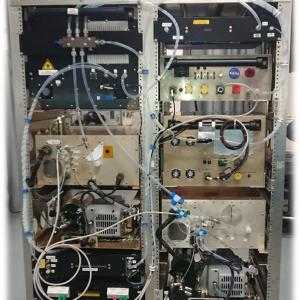

Instrument Details
- Spectrometer/Radiometer
- Earth Science > Atmosphere > Atmospheric ChemistryEarth Science > Atmosphere > Atmospheric Chemistry > Oxygen Compounds > Ozone
- Lower Stratosphere, Troposphere
- 10 Hz
- N/A
- 1131.3 THz
- https://doi.org/10.5194/amt-13-6877-2020
Reem Hannun, Thomas Hanisco
Reem Hannun
NASA
NASA
 Beechcraft King Air A90 3 Campaigns · 6 Instruments |  BlueFlux 2022—2023 Southern Florida 4 Deployments · 4 Data Products
| ||||||||||||||||||||||||||||||||||||||||||||||||
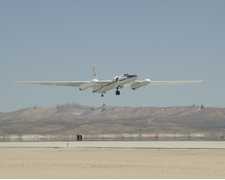 NASA Earth Resources-2 Aircraft 63 Campaigns · 109 Instruments | 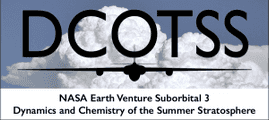 Dynamics and Chemistry of the Summer Stratosphere 2021—2022 Central United States 3 Deployments · 5 Data Products
| ||||||||||||||||||||||||||||||||||||||||||||||||
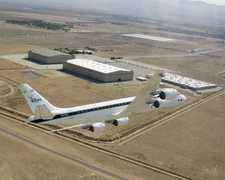 Douglas DC-8 45 Campaigns · 182 Instruments |  Airborne and Satellite Investigation of Asian Air Quality 2024 East and Southeast Asia, Philippines, South Korea, Thailand 1 Deployment · 8 Data Products
 Student Airborne Research Program 2009—2026 Southern California, Virginia Ongoing 19 Deployments · 25 Data Products
 Fire Influence on Regional to Global Environments and Air Quality 2019 Northwestern and Southeastern US 1 Deployment · 27 Data Products
| ||||||||||||||||||||||||||||||||||||||||||||||||
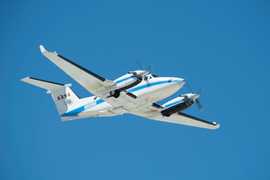 Beechcraft B-200 King Air 38 Campaigns · 84 Instruments |  Student Airborne Research Program 2009—2026 Southern California, Virginia Ongoing 19 Deployments · 25 Data Products
|
Filter data products from this instrument by specific campaigns, platforms, or formats.